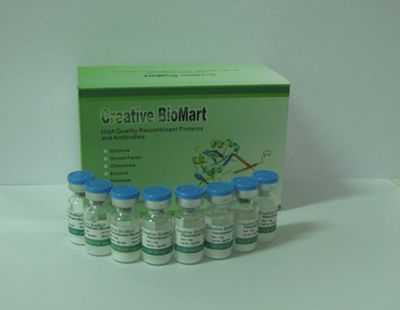| Message: | Lysine histone methylation is one of the most robust epigenetic marks and is essential for the regulation of multiple cellular processes. The methylation of H3- K9 seems to be of particular significance, as it is associated with active regions of the genome. H3-K9 methylation was considered irreversible until the identification of a large number of histone demethylases indicated that demethylation events play an important role in histone modification dynamics. So far at least 2 classes of H3-K9 specific histone demethylase - JMJD1 (JHDM2) and JMJD3 (JHDM3) - have been identified. JMJD1 family (including JMJD1A, JMJD1B, and JMJD1C) can remove di- and mono-methylation from H3-K9; while the JMJD2 family (including JMJD2A, JMJD2B, JMJD2C, and JMJD2D) can remove tri-methylation from H3-K9. Both, JMJD1 and JMJD2, catalyze the removal of methylation by using hydroxylation reaction with a required iron and α-ketoglutarate as cofactors. Lastly, H3-K9 specific demethylases are found to be involved in some pathological processes such as cancer progression. Inhibition of the enzymes may lead to re-methylation of H3-K9 and activation of H3-K9 enriched repression genes. Currently, there are few methods available for measuring activity/inhibition of H3-K9 specific methylases using a variety of cells/ tissues.
https://www.creativebiomart.net/histone-demethylase-h3-k9-specific-activityinhibition-fast-assay-kit-463106.htm |
 my account
my account
 log out
log out
 my account
my account
 log out
log out
